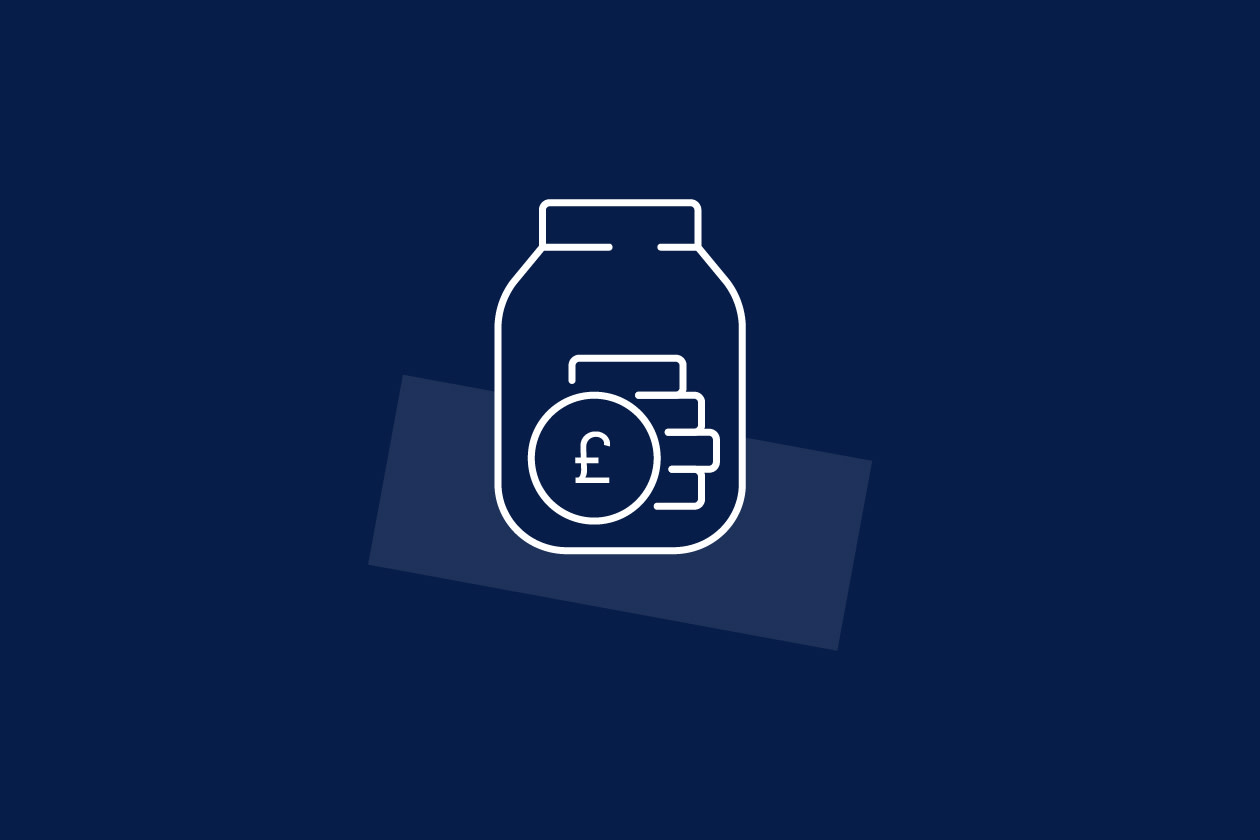Our latest Savings and Resilience barometer data has revealed a huge gap in pension values between self-employed and employed households.
The average pension savings for the self-employed is around £26,500 compared to £86,700 for those who are employed.
This difference poses a real threat to their financial resilience.
When you’re self-employed, you aren’t covered by auto-enrolment and your income can be more volatile. Both can make you hesitant to lock money away for the future.
Being self-employed of course also comes with its share of benefits, like enjoying greater flexibility in managing your own schedule and work. But the key is to find a way to take advantage of these benefits without taking a hit on your financial resilience.
So, how can the self-employed help save for their futures?
This article isn’t financial advice. If you choose to invest the value of your investments will rise and fall, so you could get back less than you invest. Product and tax rules can change, and benefits depend on your circumstances.
Make the most of your tax perks
Other than the benefit of your money growing free of UK income tax and capital gains tax (CGT) in a pension, you can also benefit from tax relief on pension contributions.
You can get tax relief when saving in a pension like the HL Self-Invested Personal Pension (SIPP).
Depending on your tax bracket, this boost from the government could be up to 45% (up to 48% for Scottish taxpayers) for higher earners. All UK residents under 75 get at least 20% tax relief.
There’s also the pension annual allowance of £60,000 a year for most people, and tax relief on your contributions is also generally limited by your earnings.
When you come to access your pension, you can usually access up to 25% tax-free with the rest taxed depending on your income tax rate at the time.
Lots of higher-rate taxpayers become basic-rate taxpayers in retirement.
In this case, you can get higher-rate tax relief on anything you pay into a pension. Then, after your tax-free cash, you'd only be paying basic-rate tax on anything you withdraw. Normally you can access your pension from age 55 (rising to 57 from 2028).
Investing with the HL SIPP, allows you to choose from all the main retirement options, including taking a secure or flexible income.
Our self-employed client Holli opened an HL SIPP to help her save for retirement.
Here’s what she has to say about the HL SIPP.
“The HL SIPP is extremely flexible which suits me perfectly as a self-employed individual. My income isn’t regular. I don’t get paid the same day each month, so I needed a pension where I could make contributions whenever suited me.”
What if you own a limited company?
From 1 April 2023, corporation tax increased from 19% to 25% for some businesses with profits over £50,000.
But if you own a limited company, there’s a way to help prepare for your retirement and reduce your corporation tax bill.
Employer contributions are normally treated as a business expense, so you won’t pay corporation tax on the contribution. If you’re a limited company owner, this could be a solution for you.
If a pension contribution is made instead of paying yourself as a salary, then both you and your company will save on National Insurance too, and you personally wouldn’t pay UK income tax on the amount until you access money from your pension.
You will still usually need to be at least 55 (rising to 57 from 2028) before you can access money in a pension.
Carry forward is another option
When you work for yourself, you might not always have a profitable year. So, you might not have enough to put into your pension every year either.
However, the carry forward rule lets you tap into any of your unused annual pension allowance from the previous three tax years. If you include the current tax year, that could mean you’re able to make a pension contribution of up to £200,000, including tax relief, in 2024/25.
For this though, you need to have had a pension open in each year you wish to carry forward from, whether you contributed and, have earnings of at least the total amount you’re contributing this tax year.
If you own a limited company and are employed by it, your contributions are also limited by your earnings. However, your company can pay in more than this as employer contributions, as you’re an employee. Employer contributions are still subject to the annual pension allowance.
Don’t forget about the Lifetime ISA
Another tax-efficient way to save for later life or to help you buy your first home is by putting money into a Lifetime ISA (LISA).
Like standard ISAs, the LISA shouldn’t be used to replace a pension. Instead, they can be a great way to boost your retirement savings, especially if you're self-employed.
It can be used to build up a lump sum to pay for any retirement goals, like travelling or home improvements.
You can open an account between the ages of 18 and 39, and once opened, you can pay in until you're 50. Like a pension, your money can grow free from UK income and capital gains tax.
You can pay in a maximum of £4,000 a year into your LISA, part of the overall £20,000 ISA allowance. But, you also get a 25% bonus from the government on what you pay into a LISA.
You can withdraw your money tax free when you’re ready to use it for an eligible property purchase (worth up to £450,000), after you turn 60, or if you’re terminally ill. You can make withdrawals from a LISA at other times however this would incur a 25% government charge so you could get back less than you originally put in.
This is unlike a pension where only 25% is normally tax-free when you can withdraw.
Our client Joanna realised how important it was going to be to take control of her retirement savings after she decided to become self-employed and chose to open an HL LISA. Here’s what she has to say about:
“The HL LISA offers great tax perks. I get a 25% government bonus on my payments (up to £4,000 each tax year). And when I come to retire my withdrawals are completely tax free.”


